Artificial Intelligence is quickly taking over the ecommerce industry. It seems like every website we visit in the near future will have a chatbot or personal assistant. More and more websites are taking advantage of this growing technology.
In 2014, Google acquired British-based artificial intelligence company DeepMind for $500 million.
Given that the technology is still growing and there is still room to gain more customers through AI, it seems like a good time to start utilizing the technology.
But how does the average digital retailer use this technology and take advantage of what it has to offer? What ecommerce functions does AI help? Is there any limit?
1) Customer-Centric Search Optimization
Artificial intelligence can be used to add visual search options to your site. If a shopper takes a picture of an item with their phone, AI can find similar products in your catalog based on color, shape, texter, and other variables.
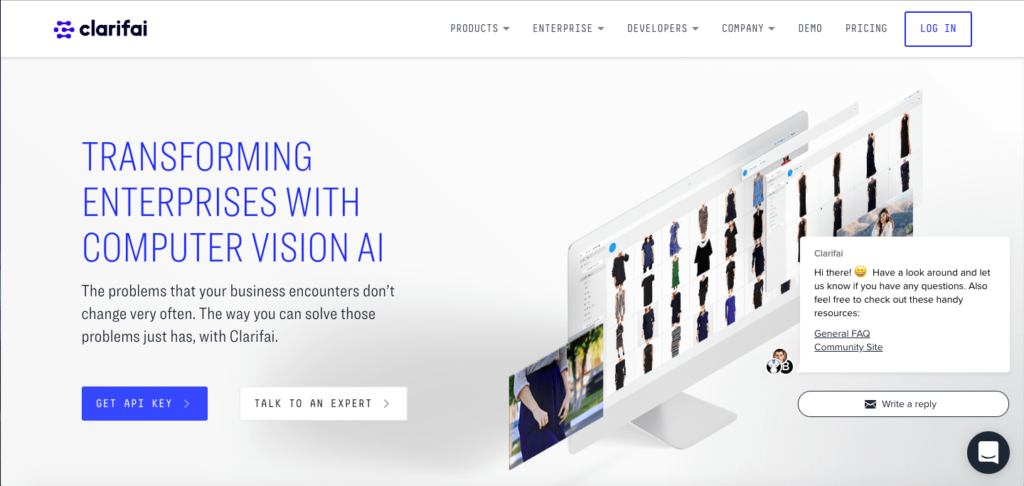
Clothing companies or other businesses with extensive catalogs would benefit greatly from this technology.
Clarifai is one company that has been working to imrpove the visual aspect of ecommerce searches. The firm is trying to make it easier for developers to build apps that think about the world like humans do.
They believe this will give companies the ability to provide a better & personal experience to their customers.
Another common search problem is that shoppers often abandon their searches because the results displayed are often irrelevant.
Companies like Twiggle are tackling this by using natural language processing to narrow, contextualize, and improve search results for online shoppers.
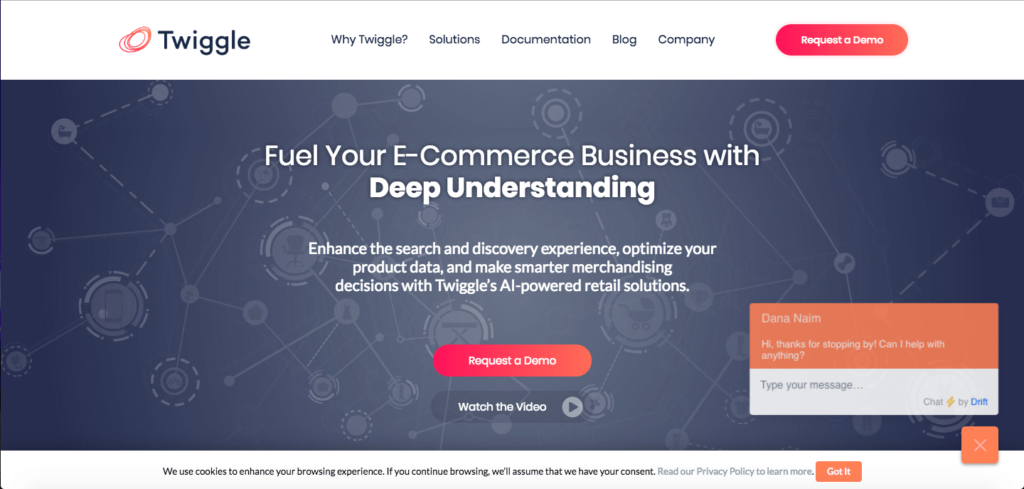
2) Abandoned Shopping Carts and Lead Generation
According to one report from Conversica, more than a third of marketers feel that only a quarter of their leads are being followed up.
A further 30 percent of marketers said that not enough attempts are being made to reach those leads or a salesperson isn’t reaching out soon enough.
What this means is that potential buyers are falling through the cracks while companies remain overburdened with customer data that they aren’t using.
Many companies have found success by integrating a chatbot system into their shopping cart. Once it has been integrated into one of your carts, it can be used for any store based on the platform.
That means, the more shopping carts that your bot has access to, the more potential customers it has.
Artificial Intelligence-enabled chatbots can provide customer support through the sales funnel, helping cut down on abandoned carts. They can also be used to catalogue potential leads and send automated, personalized messages to engage with any promising clients.
3) Predictive Price Tags
There are a number of companies out there who are creating services aimed at adding a dynamic pricing layer to online stores.
Through a combination of data science and machine learning, the AI is able to understand user behavior and change the product price in real-time.
More advanced tools will take into account your competition’s pricing and general market demand.
Companies like Granify have tools that predict which buyers you may lose and then help you convert them to sales. If there is any hesitation detected, you can have customized messages displayed to the buyer.
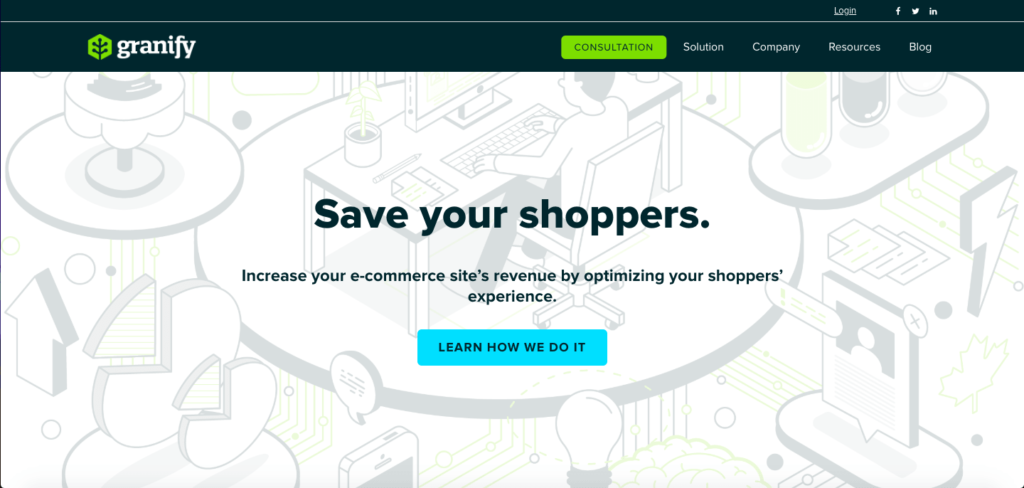
Other companies like PriSync offer a price tracking and monitoring software. This helps save you time analyzing your competitors’ prices and offerings.
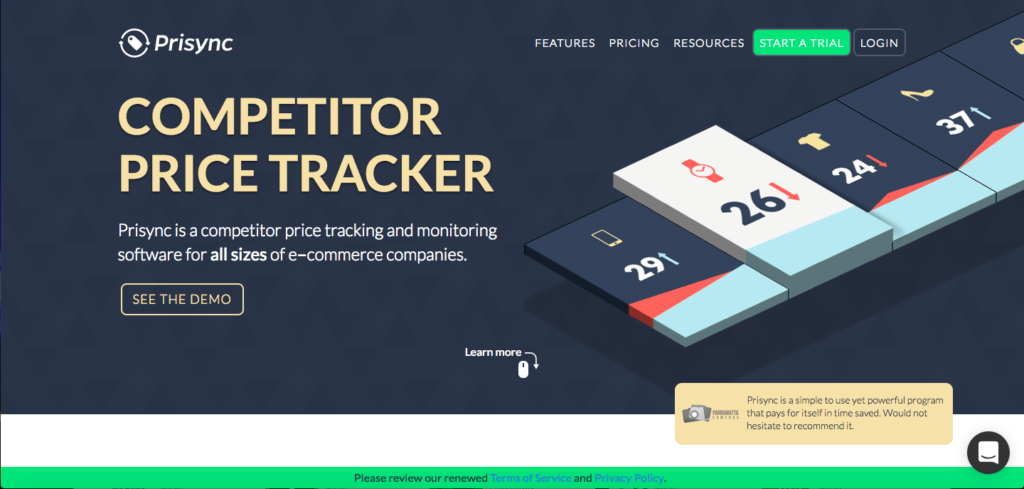
The technology monitors around 4.5 billion price points automatically and, at $50 per month, is affordable to just about any sized business.
4) Marketing and Analysis
Artificial intelligence has become a game-changer for industries and professionals. Marketing and analytics on the top. AI helps marketers gain insights into customers’ opinions and preferences. They can then use that information in a variety of ways.
Wacul-AI, for instance, connects directly to your Google Analytics and then offers you weekly and monthly reports.
It also provides simplified advice with predicted future outcomes based on analysis of the data it collects.
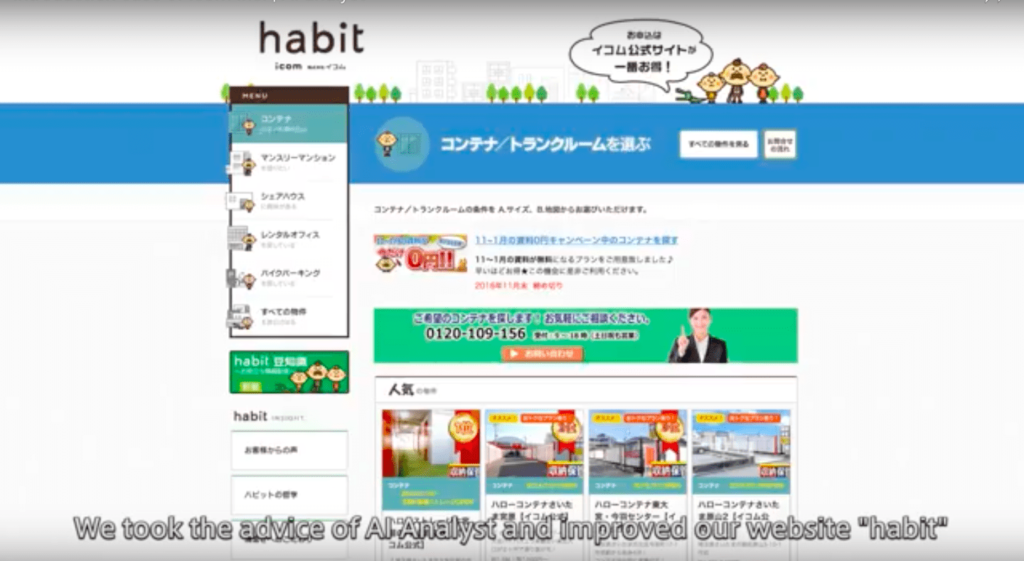
You can use these insights to build out your site and make it a more enjoyable experience for your customers, just as the site pictured above did.
5) Virtual Assistants:

As we said earlier, the prevalence of virtual assistants on ecommerce sites is massive. They’re everywhere.
But there’s a reason they’re so omnipresent. They work.
After all, Siri, Google Now, and Alexa have basically become household names in recent years. And that’s because more and more people are trusting these robotic helpers.
As we stated earlier, there’s still some room to grow before people completely trust these tools, but the evolution of these virtual assistants has already been happening rapidly.
They work because these assistants use natural language processing and couple it with the machine’s ability to interpret what people are saying.
By taking advantage of this technology, you can ensure a more robust and user-friendly experience for anyone visiting your site.
Is There a Flipside?
To be fair, there is significantly less research available on where AI is falling short.
Many experts believe that limitations come from the human side, rather than the machine side. People are either afraid of the technology or have unrealistic perceptions of what it’s capable of.
Though, these beliefs don’t help solve any business solutions.
For example, despite the advantages of things like virtual assistants and chat bots, some companies have unrealistic expectations for what they’re capable of.
Integrating AI into your e-commerce site really depends on the size of your business. Don’t just start using it because it’s trendy, make sure it’s useful to your business.
